Description
Burgdorf. by Jakob Samuel Weibel printed on a T-Shirt
About the T-Shirt
Regular fit
Standard length, the fabric easily gives into movement
Casual wear
A classic, everyday option loved by our customers
Side-seamed
Constructed by sewing two parts together, creating a fitted look
The Unisex Staple T-Shirt feels soft and light with just the right amount of stretch. It’s comfortable and flattering for all. We can’t compliment this shirt enough–it’s one of our crowd favorites, and it’s sure to be your next favorite too!
- Solid colors are 100% Airlume combed and ring-spun cotton
- Ash color is 99% combed and ring-spun cotton, 1% polyester
- Heather colors are 52% combed and ring-spun cotton, 48% polyester
- Athletic and Black Heather are 90% combed and ring-spun cotton, 10% polyester
- Heather Prism colors are 99% combed and ring-spun cotton, 1% polyester
- Fabric weight: 4.2 oz./yd.² (142 g/m²)
- Pre-shrunk fabric
- 30 singles
- Side-seamed construction
- Tear-away label
- Shoulder-to-shoulder taping
- Blank product sourced from Nicaragua, Mexico, Honduras, or the US
Jakob Samuel Weibel (1771-1846)
Jakob Samuel Weibel, known as Samuel, was a Swiss miniaturist, painter and engraver. His work was concentrated in the cantons of Bern, Vaud and Valais, as well as in Savoy.
Jakob Samuel Weibel, the son of a stuccoer, was of modest means. He pursued a career in art and began an apprenticeship under Sigmund Freudenberger. He worked closely with Balthasar Anton Dunker, who was 25 years his senior, and from whom he learned the art of etching. In 1792, the young Weibel developed his preference for “landscape in art”, drawing, engraving and coloring his first artist’s proofs. In 1796, he published fourteen views of the Bernese Oberland at Emanuel Hortin in Bern.
In 1793, Weibel set out to discover the Vaud region in order to depict the most diverse landscapes, which, among other things, led to his views of the castle of Saint-Maurice (1793) or Villeneuve (1795). He traveled around Lake Geneva, where he worked in Valais and Savoy (Evian, Meillerie, Saint-Gingolph). He is particularly known for his views of 254 parish houses in the cantons of Bern, Fribourg, Solothurn and Vaud. He also created a series of eighteen illustrations of Bernese castles.
Several Swiss minor masters settled in Vevey, including Michel-Vincent Brandoin (d. 1790), whose studio was taken over by Pierre Samuel Louis Joyeux and Karl Franz Xaver Wexelberg. In 1797, Wexelberg was forced by the authorities to leave Vevey and move to Lausanne. It was probably Weibel who replaced Joyeux for a time in order to paint the large canvases signed “Joyeux/Wexelberg”. Weibel remained in Vevey between 1804 and 1817, with this stay interspersed with many trips.
In 1805, he published in Paris the Principes d’après nature en 24 planches, pour apprendre à dessiner le paysage d’une manière sûre et facile, dessinées et gravées par S. Weibel (“Principles of nature in 24 plates to learn how to draw the landscape in a safe and easy way, drawn and engraved by S. Weibel”). Weibel died in Bern on November 24, 1846.

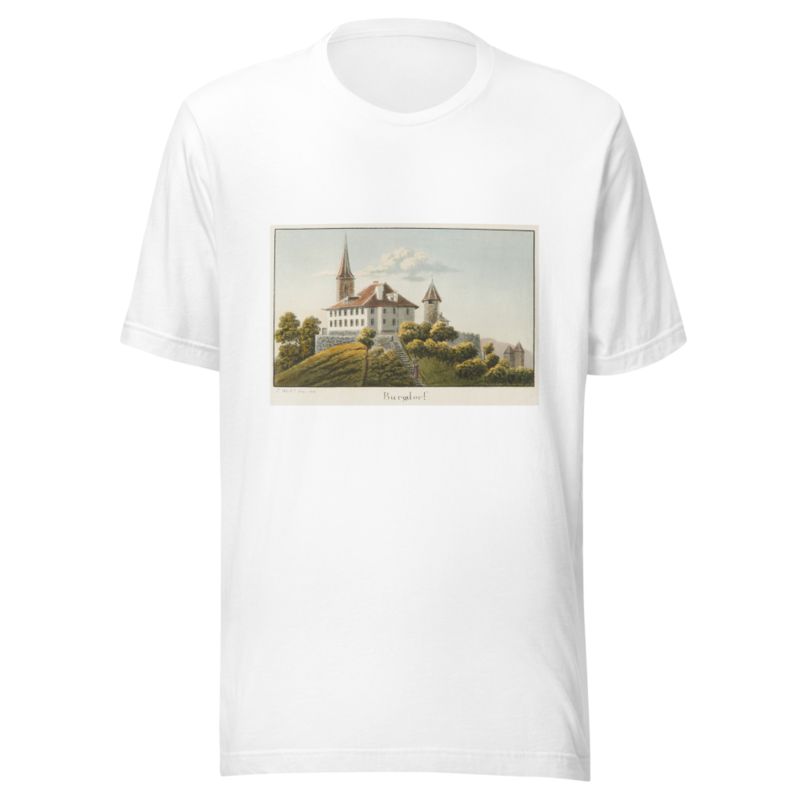
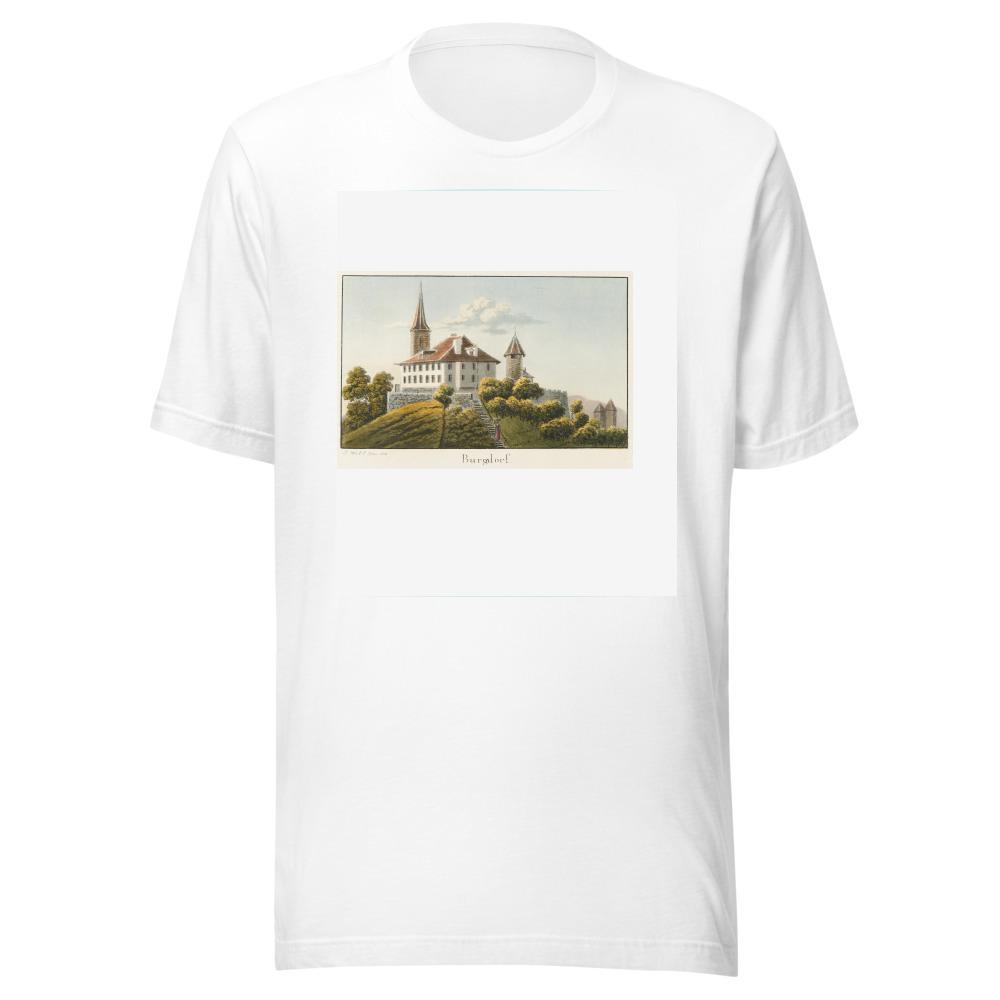
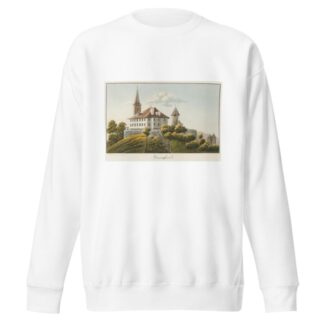
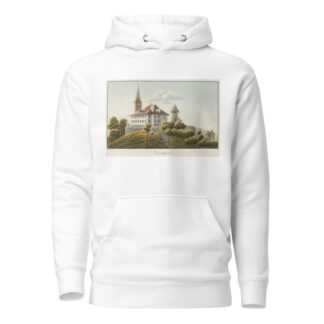
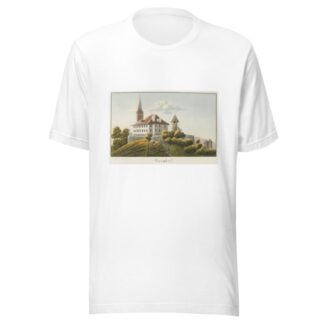
Reviews
There are no reviews yet.